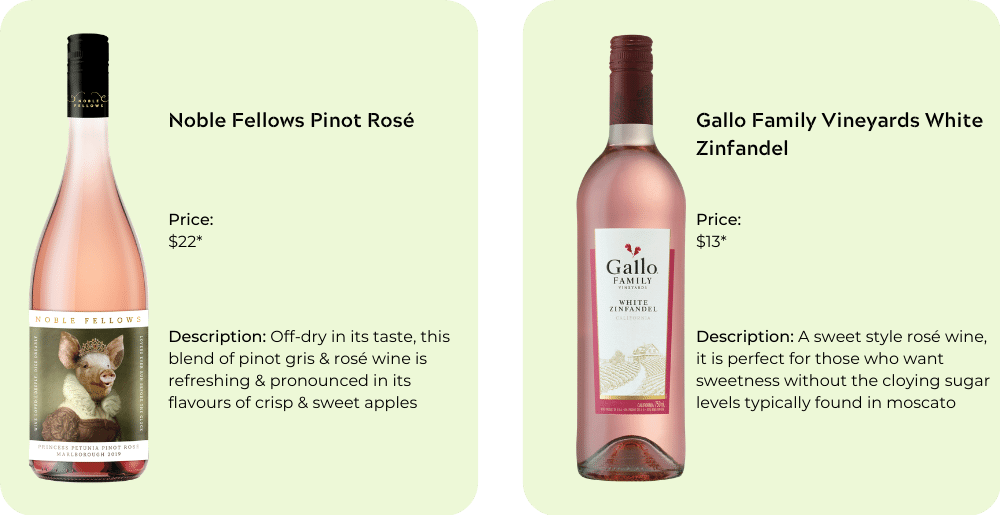Sometimes we just want a glass of wine that’s sweet.
Whether it’s because we want something super easy to drink, something nice to pair with hot and spicy food, or just something different to the dry wines we’re so used to having, our desire to find a sweet bottle of wine is perfectly reasonable.
Unfortunately, finding a wine like this when browsing in a bottle shop, bar, or restaurant can be difficult to the untrained eye.
Luckily, there are a wide variety of sweet red, white, sparkling, and fortified and dessert wines that you can choose from when looking to satisfy your cravings.
In this article we explore what makes a sweet versus a dry wine, which styles of wine are typically on the sweeter end within each type of wine that exists, and what are some of our top recommended picks for those looking to sip on something sweet.
What Makes a Sweet Versus a Dry Wine?
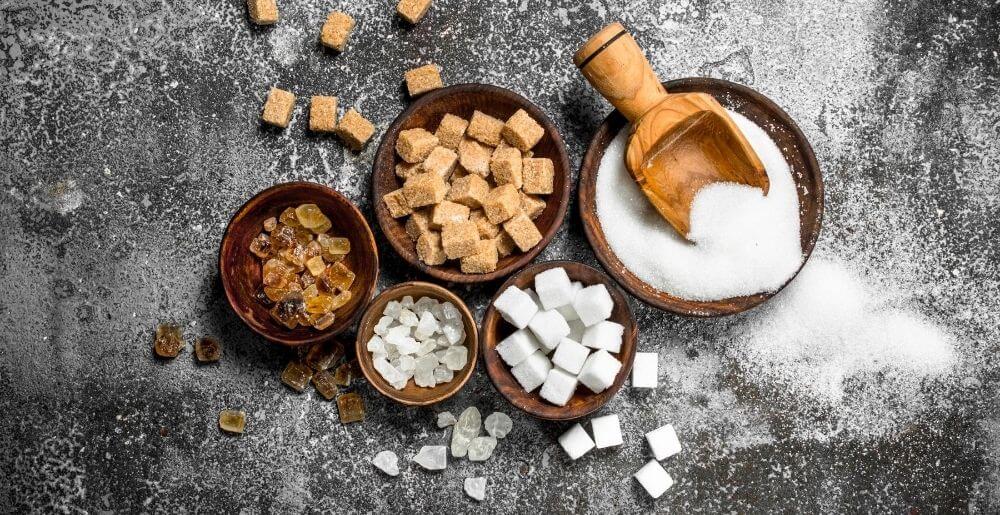
There are a number of reasons why a particular glass of wine can taste sweet or dry, not the least of which has to do with the sugar content of the bottle.
Put simply, a dry wine is one that doesn’t have much sugar in it whatsoever, which describes the majority of bottles out there, whilst a sweet wine will usually have much higher levels of sugar.
As discussed in our guide to the Flavour Profiles of Wine, most of the naturally occurring sugars found in the grapes used to produce wine are consumed by the yeast during the fermentation process, with whatever amount of sugar that is left over being called the residual sugar.
Generally speaking, the higher the amount of residual sugar left after fermentation, the sweeter a particular glass will taste.
Looking at the residual sugar content of a bottle isn’t always a foolproof method of determining just how sweet a wine will be, however.
This is because other factors, such as how much acidity or tannins are present, can change just how sweet we perceive a particular glass to be as those that are higher in these two attributes will taste decidedly more dry or crisp than those that are lower in them.
Another reason why the sugar content isn’t a perfect indication of how sweet a glass will taste is due to the influence that oak ageing has on a wine.
Those that are aged for an extended amount of time in oak will often exude sweeter flavours of vanilla or other sweet spices, with glasses of oaked chardonnay also commonly featuring creamy and smooth sensations of butter and cream.
All of this combines to make it incredibly important to look at the entire flavour profile of a wine when deciding whether it will taste sweet and not just taking into account how much sugar there is in the bottle.
Having learnt how sweetness in wine can be determined, let’s move on to what are some of the sweeter styles that exist within each individual type out there.
What Are the Sweet Styles of Red Wine?
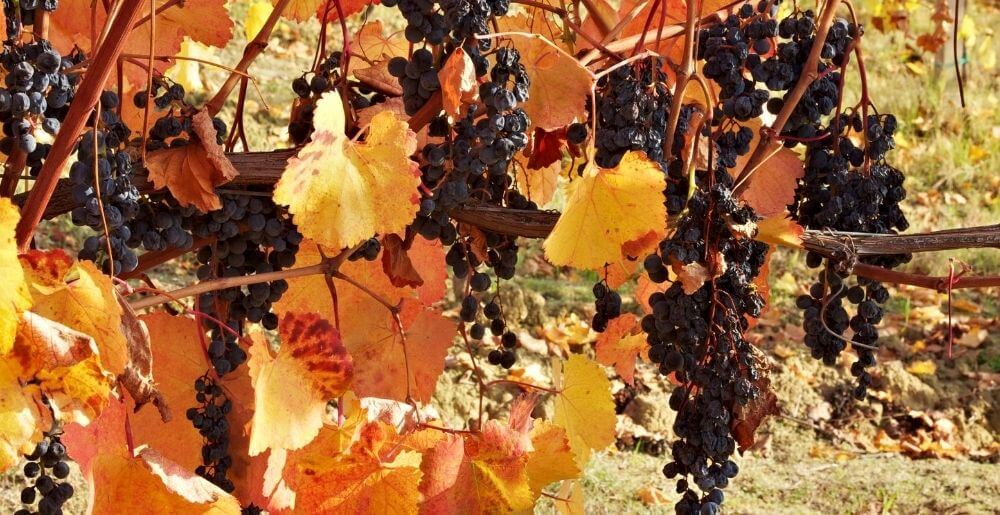
Pick up almost any bottle of red wine on a bottle shop shelf or choose one from a restaurant's wine list and you’ll likely find it to taste decidedly more dry than what you might be hoping for.
This is because bottles of red wine are far more likely to taste drier than their white, sparkling, or fortified wine counterparts due, in part, to the presence of tannins, which are almost never found within bottles coming from those other types.
That being said, there are some styles of red wine that are usually known to be on the sweeter side, with these, on their typical order of sweetness, being: Cienna, Lambrusco, Dolcetto, Gamay, Zinfandel, and Merlot.
Now, it is important to note that not all examples of the wines made from these grapes will taste sweet, particularly once you move past those made with the dolcetto grape, as bottles of merlot and zinfandel, in particular, can actually be quite dry and tannic in their style.
On top of this, there are plenty of bottles of shiraz or cabernet sauvignon, often some of the driest styles of red wine available, that can actually taste quite sweet thanks to their fruit-forward character or flavours of vanilla or other sweet spices from oak ageing.
If you want a bottle of red that is almost guaranteed to taste sweet then it is highly recommended that you pick up a Lambrusco or cienna, as these two styles of red wine are known for their fruitier taste, lower amounts of tannin, and higher sugar content.
Here are two of our top recommended picks of bottles of sweet red wine for those looking for specific examples.
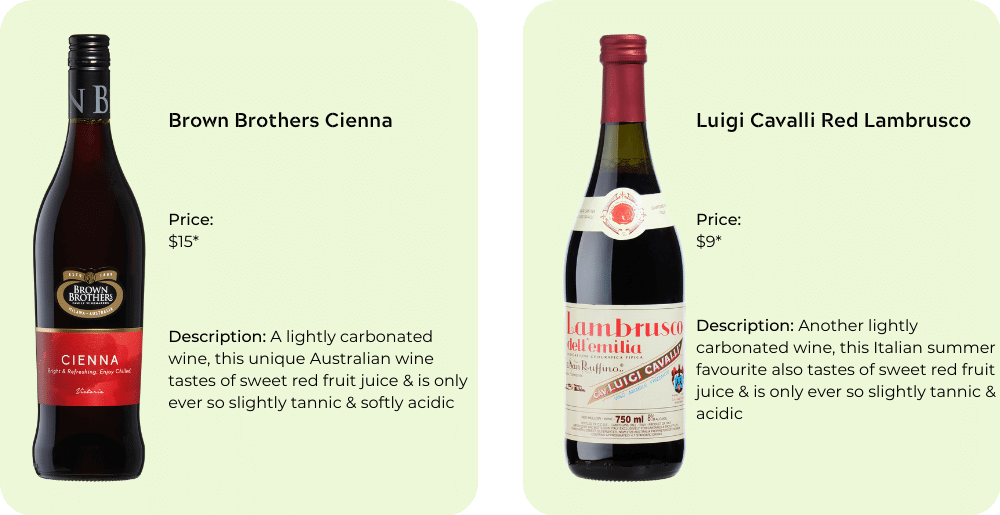
What Are the Sweet Styles of White Wine?
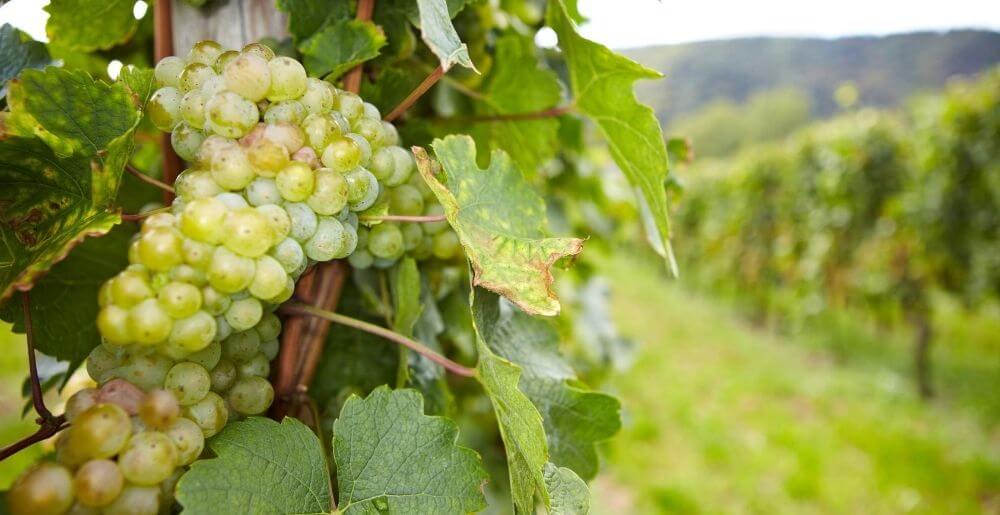
Bottles of white wine are often recommended as being perfect for those just beginning to explore the world of wine in general as they are characterised as usually being sweeter and fruitier than their red counterparts and also absent of tannins.
Whilst this might be generally true, especially with respect to the absence of tannins, anyone who’s tried a dry style sémillon, sauvignon blanc, albariño, or pinot grigio will know that bottles of white wine are not always sweeter or fruitier and that, due to their often higher levels of acidity, they can often be harder for a first-time wine drinker to consume.
Bearing this in mind, it is definitely not safest to assume that bottles of white wine will always be sweeter than their red counterparts, making it vital that you do your research prior to choosing.
When looking for a general idea, the following white wine varietals are known to be sweeter, with the following being ordered according to their typical order of sweetness: Moscato, Riesling, Gewürztraminer, Chardonnay, and Pinot Gris.
Except for moscato, not every bottle of wine made from these grapes will be sweet, with it often being possible to find very sweet or very dry style rieslings, for example.
If you consider German rieslings to be sweeter than French ones, French pinot gris to be sweeter than those made in Italy, and Californian chardonnays to be oakier and sweeter than those made elsewhere, then you will typically not be far from the truth.
If you don’t want to take any chances then simply go for any bottle of moscato, as these, on average, will always have the highest sugar content of any bottle of white wine.
See below for two of our top recommended picks for sweet styles of white wine.

What Are the Sweet Styles of Sparkling Wine?

Sparkling wines are an incredibly diverse category of wine, with it being possible to find bottles that are exceptionally dry and crisp in their flavour profile or alternately very sweet or fruity.
Handily, picking a bottle of sweet bubbly is usually a much easier process than spotting a bottle of red or white wine because winemakers often label their sparkling wine products specifically depending upon how much sugar is in the bottle.
Elaborated upon in our Complete Guide to Champagne for Beginners, sparkling wines, in particular Champagnes, are often graded on a scale of bone dry to very sweet, with the sweetest bottles being labelled as demi-sec or doux.
The sweetest bottles of sparkling wine, in descending order of typical sweetness, are: Sparkling Moscato or Asti Spumante, Sparkling Wine Labelled with Demi-Sec or Doux, and Sparkling Wine Labelled with Amabile or Dolce.
Looking for a bottle of bubbly that contains any of the previously mentioned categorisations on the label will result in you finding one that is almost always sweeter and more perfumed in taste and aroma.
For those after specific examples, here are two of our top bottles of sweet style sparkling wine.

What Are the Sweet Styles of Fortified & Dessert Wine?
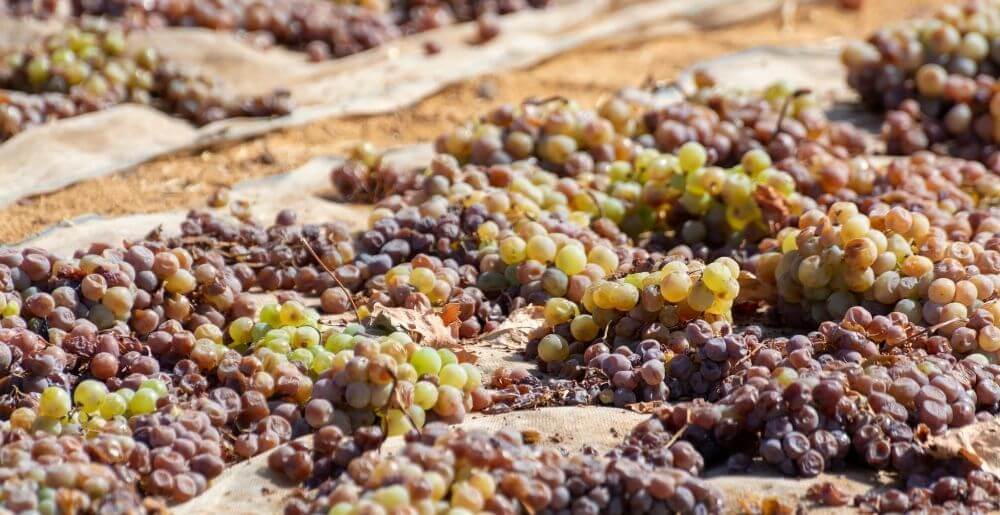
As their name suggests, fortified, and in particular dessert wines, are usually examples of the sweetest of all types of wine.
Whilst some can actually be very dry or acidic, think dry style Sherry’s, for example, most are examples of sweet wines that can often be quite syrupy or sticky in their levels of sweetness.
Similar to the producers of sparkling wines, many makers of fortified and dessert wines label their products according to how they’re made or how much sugar is in the bottle, making it possible to easily get a sense of how sweet they will end up being.
The sweeter styles of fortified and dessert wine, listed in no particular order, are: Ice Wine (or Eiswein), Botrytised Wine, Pedro Ximénez or Moscatel Sherry, Doce or Lágrima White Port, Tawny Port, Rare or Grand Australian Tawny, and Muscat Wines.
These are some of the sweetest examples of fortified or dessert wine for those with a serious craving for something sticky and sweet.
To see two of our recommended picks for these wines, consider the graphic below.

What Are the Sweet Styles of Rosé Wine?
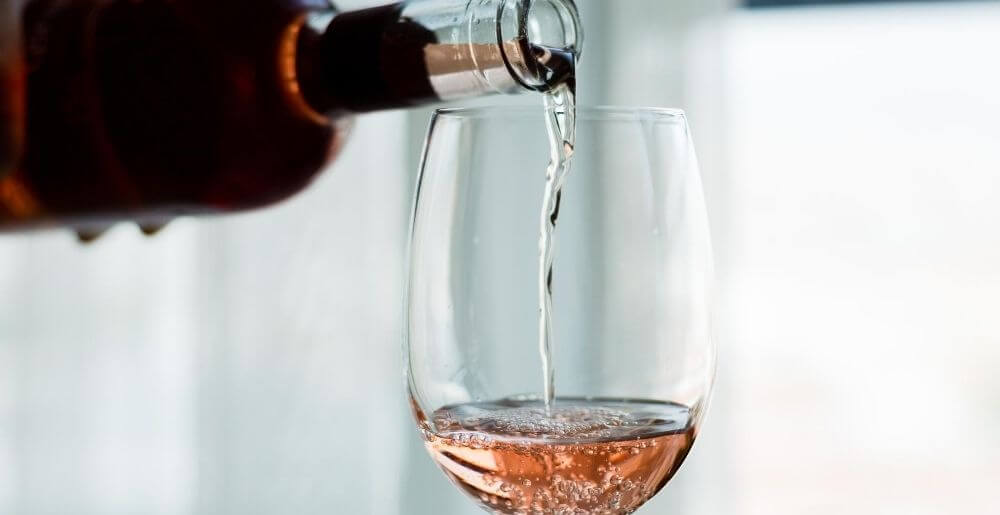
Rosé wines are thoroughly enjoyed in the summer months for their crisp, refreshing, and sometimes sweet flavour profile that makes them an easy-going crowd pleaser.
Due to their lovely pale pink to red colouring, many assume that bottles of rosé are always going to be sweet, with this being a common misconception.
Instead, most bottles of rosé found on bottle shop shelves or included in restaurant wine lists will be examples of dry wines with rather high levels of acidity and low levels of residual sugar.
Whilst most are dry, there are a some styles known for their typically sweeter flavour profile, making these the safest bet when looking to get something sweet, with these being: White Zinfandel and White Merlot.
For two bottles of rosé wine that we recommend, see the graphic below.
